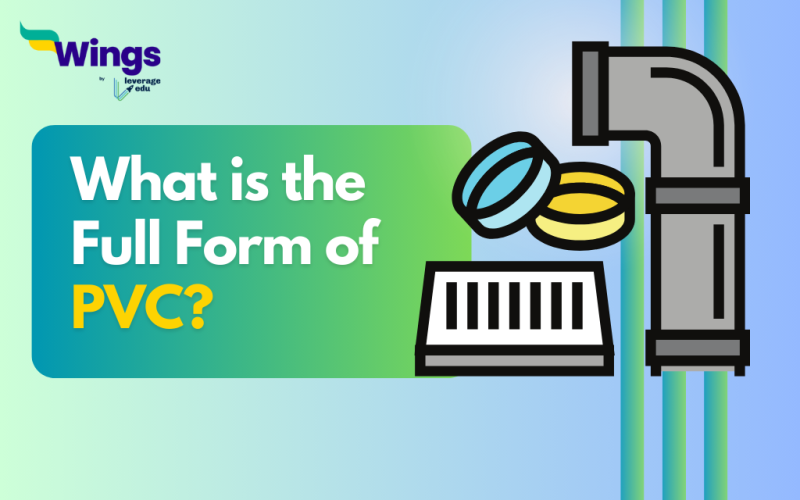The full form of PVC is Polyvinyl Chloride. It is a versatile and widely used synthetic plastic polymer. Moreover, PVC is composed of carbon, hydrogen, and chlorine. Interestingly, it is derived from natural resources like salt and oil through a complex chemical process. The mixture of these components results in a durable and resilient material, thus making PVC a popular choice for various applications. Furthermore, its adaptability and properties make PVC a necessity in multiple industries hence demonstrating the significance of this synthetic polymer in our daily lives.
Also Read: What is the Full Form of PCB?
How is PVC Manufactured?
In addition, PVC is manufactured in the following ways:
- PVC involves the polymerization of vinyl chloride monomers.
- These monomers are extracted from ethylene which is a component of natural gas or derived from petroleum.
- The polymerization process is initiated through the use of specialized catalysts.
- Consequently, this results in the formation of long chains of PVC molecules.
- The next step involves the addition of plasticizers, stabilizers, and modifiers to improve PVC’s flexibility, durability, and resistance to heat and sunlight.
- The specific formulation can be modified to acquire different grades of PVC and each is suitable for specific applications.
- The versatility in the manufacturing process thus allows for the production of both rigid and flexible PVC products.
Also Read: What is the Full Form of BDP?
What is the Use of PVC?
In addition, PVC’s versatility makes it a go-to material in various industries. PVC is used in the following ways:
- In construction, it is generally used for pipes, fittings, and cables due to its excellent corrosion resistance.
- In the healthcare sector, it is used to manufacture medical tubing and blood bags.
- Additionally, it finds applications in the production of clothing, inflatable structures, signage
- In the automotive industry for interior components.
Also Read: What is the Full Form of PET?
What are the Properties of PVC?
PVC has a range of properties that contribute to its widespread use, such as:
- Chemical resistance which makes it suitable for transporting various liquids.
- It is flame-resistant which makes PVC a safe choice for certain applications.
- PVC’s durability, weather resistance, and low maintenance requirements further improve its appeal in construction and outdoor applications.
- PVC is recyclable, promoting sustainability in certain contexts.
Also Read: What is the Full Form of MOP?
Other Full Forms of PVC
Here are some other Full Forms of PVC:
- Permanent Virtual Circuit: This term is used in networking to describe a dedicated connection between two devices.
- Peripheral Vascular Disease: It is a circulation disorder that affects the blood vessels outside of the heart and brain.
Popular Full Forms
We hope this blog has helped you understand the Full Form of PVC and everything related to it. If you want to know more, find the full forms list on our blog. In the world of short forms, you can rely on the Leverage edu page to know about more full forms like this! Connect with us study abroad experts to achieve your international dream today!
 One app for all your study abroad needs
One app for all your study abroad needs













